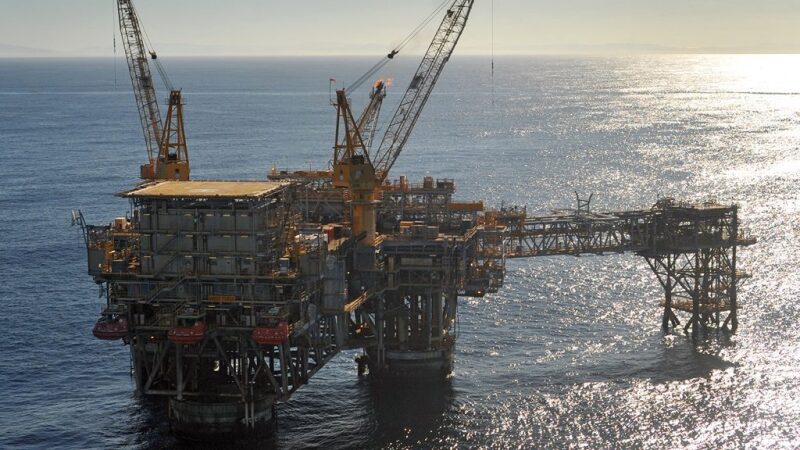According to a new Reuters report, ExxonMobil is looking to sell its 50% stake in the Gippsland Basin oil and gas development in Australia’s Bass Strait, offshore the state of Victoria on the country’s east coast.
ExxonMobil could receive up to $3 billion from a sale but, citing various analysts and bankers, Reuters said decommissioning costs for the aging fields could knock down the price tag. Production from the first platform at Gippsland began in 1969.
The move continues ExxonMobil’s ongoing evaluation of its global portfolio. Last week, it confirmed an exclusivity agreement with Var Energi to sell its Norwegian upstream assets, shortly after news broke of a possible $4-billion sale to an unnamed buyer. The sale was part of the company’s $15 billion divestment target.
The offshore installations in Bass Strait consist of 4 subsea facilities and 19 platforms. BHP Group owns the other 50% in the field. In an emailed statement to Reuters, BHP said that it had been notified by Exxon of its plans to put its share of the Gippsland joint venture for sale.
ExxonMobil said in a statement to Australian media that no agreements have been reached and no buyer has been identified, and that operations will continue as normal in the meantime.
“Exxon Mobil will be testing market interest for a number of assets worldwide, including its operated producing assets in Australia,” the company said in the statement.
Wood Mackenzie research director Angus Rodger said that ExxonMobil’s decision is significant news for the Australian upstream and gas markets, but it will be a difficult portfolio of sell.
“These are complex, mature assets,” Rodger said. “We believe this will lead to a far smaller pool of realistic buyers who will have to get comfortable with the age of the assets, declining production, and significant decommissioning liabilities. The fact that a previous effort to offload the assets failed due to uncertainty over abandonment costs highlights how big an issue it will be, but also suggests any new operator would look to extend and increase production from the portfolio to delay the onset of decommissioning spend.”

